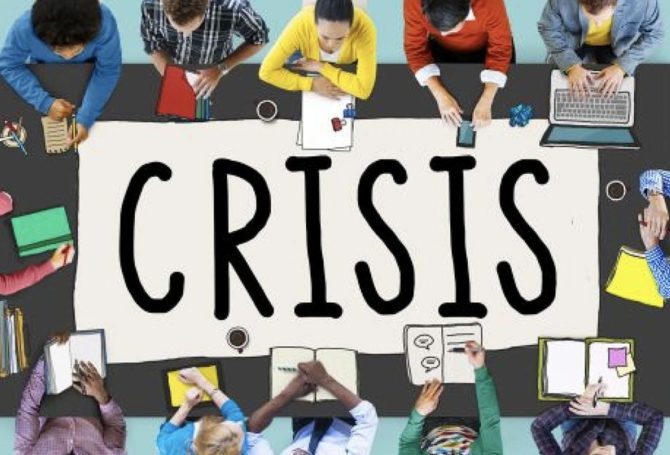Don’t Sanitize Truth-Telling

In many circles, tiptoeing around the truth is the norm. Public relations in a crisis shouldn’t be one of those circles.
Good PR shouldn’t be about how well you can sanitize the truth. It should be about how well you can tell the truth to build trust.
There are always other “considerations” — legal, logistical and hierarchal. However, the digital age puts a premium on rapid truth-telling, which should be considered as or more important than other factors in deciding what to say and when and where to say it.
“In many circles, tiptoeing around the truth is the norm. Public relations in a crisis shouldn’t be one of those circles. ”
Truth-telling implies having verifiable facts at hand. In a crisis, facts can be elusive. Explaining the urgency by which you are seeking facts is part of candid truth-telling. Meanwhile, you can demonstrate your engagement in the crisis in other ways, starting with a statement of remorse and actions to deal with the problem at hand.
Candor doesn’t require the forfeiture of good judgment. Many companies have aggravated minor social media controversies by flip, blunt or canned responses. The response needs to match the circumstances in tone and sensitivity.
While apologies usually are a good idea, even if you aren’t at fault, they don’t negate forceful, proactive responses if they are in order. Elon Musk responded forcefully in defense of his Tesla electric car brand after a driver of a Model S ran over an awkward-shaped piece of metal, which penetrated the vehicle’s fortified battery pack, causing a fire. Musk chose to talk directly to Tesla owners and prospective owners in an email explaining what happened, and he included the email exchange with the motorist involved.
Cleverness is a virtue at parties and in comedy routines. It is usually wrong when applied to a crisis response. The right response is based on doing the right thing, then talking about it.



